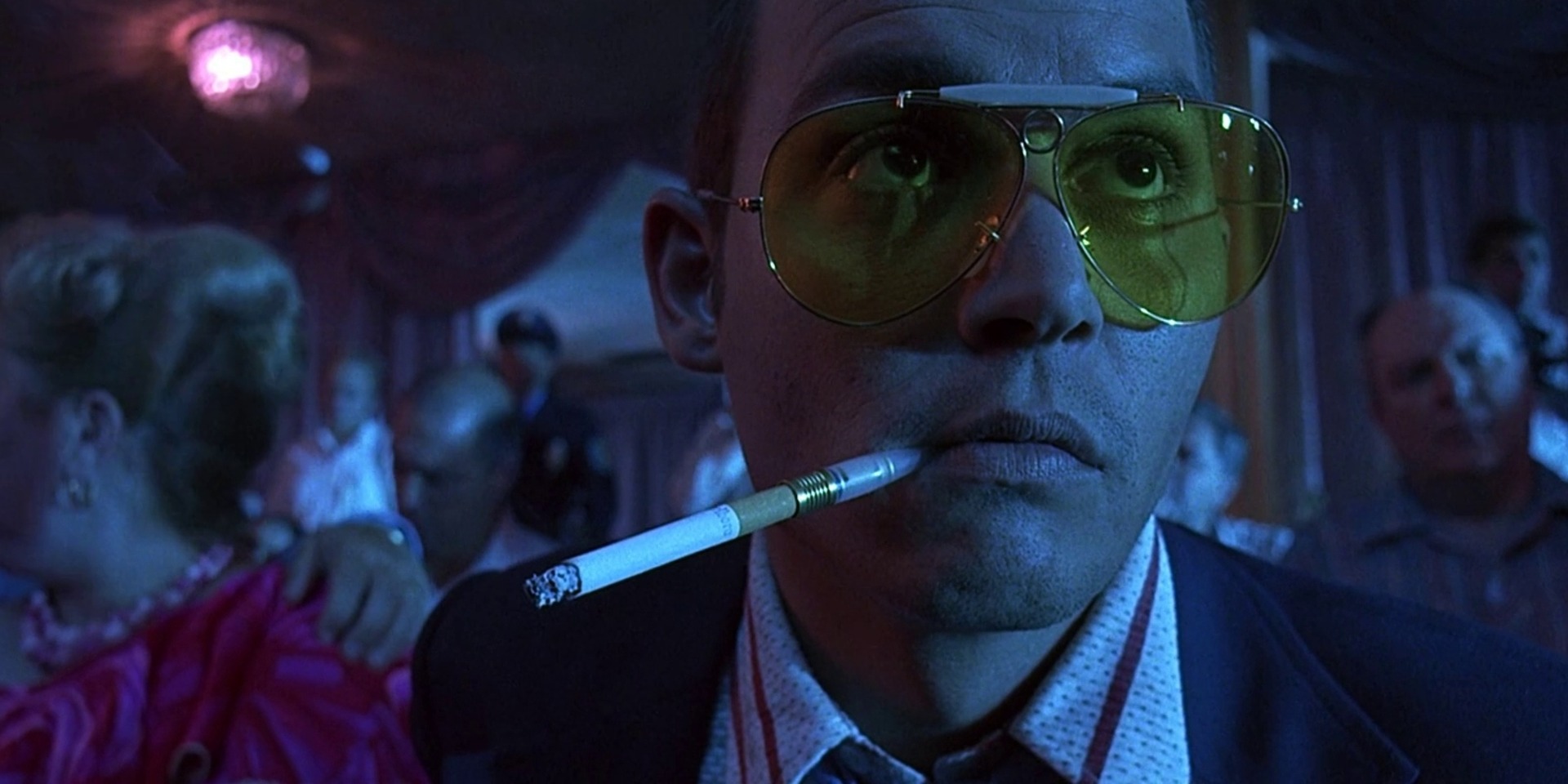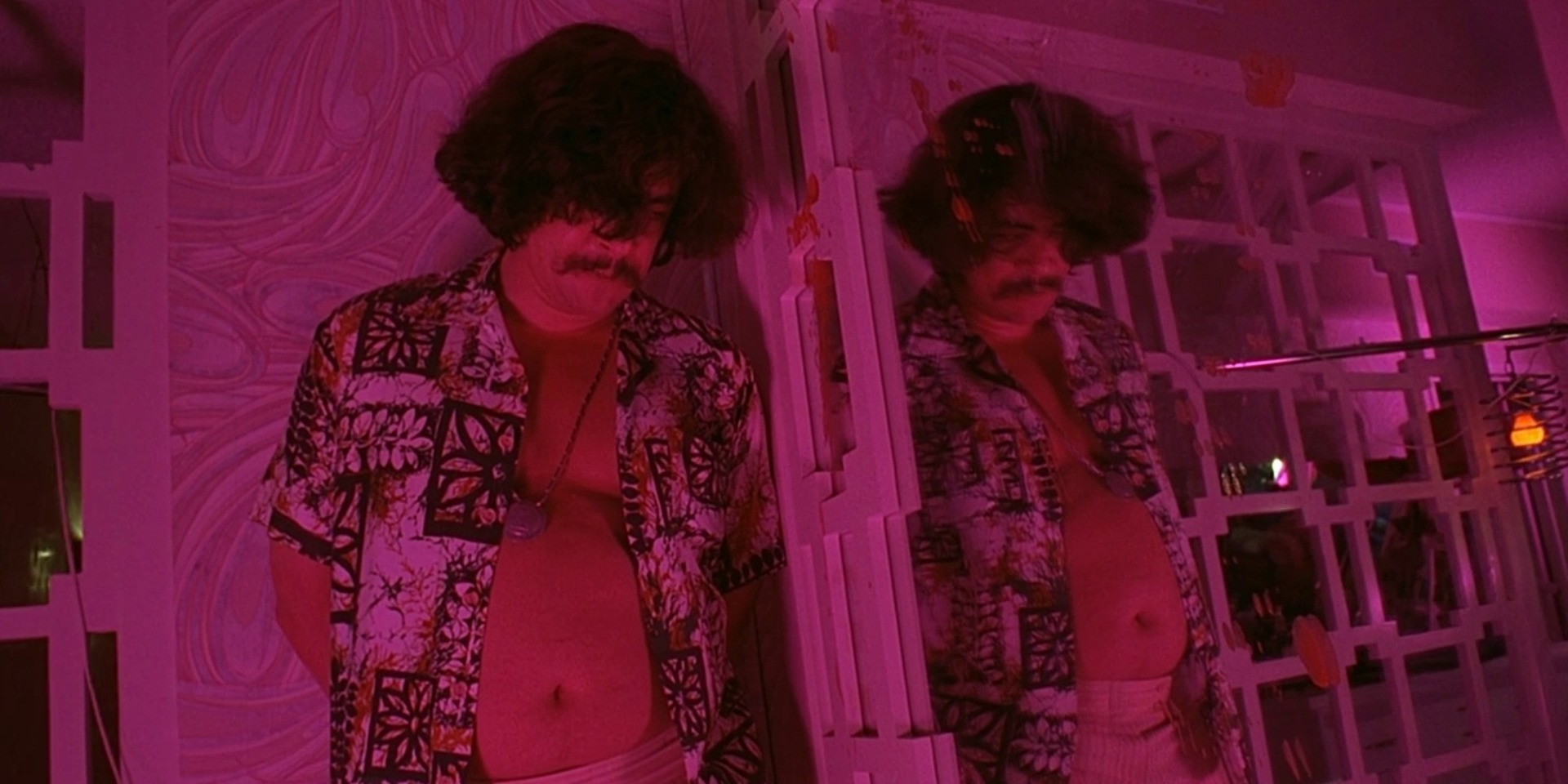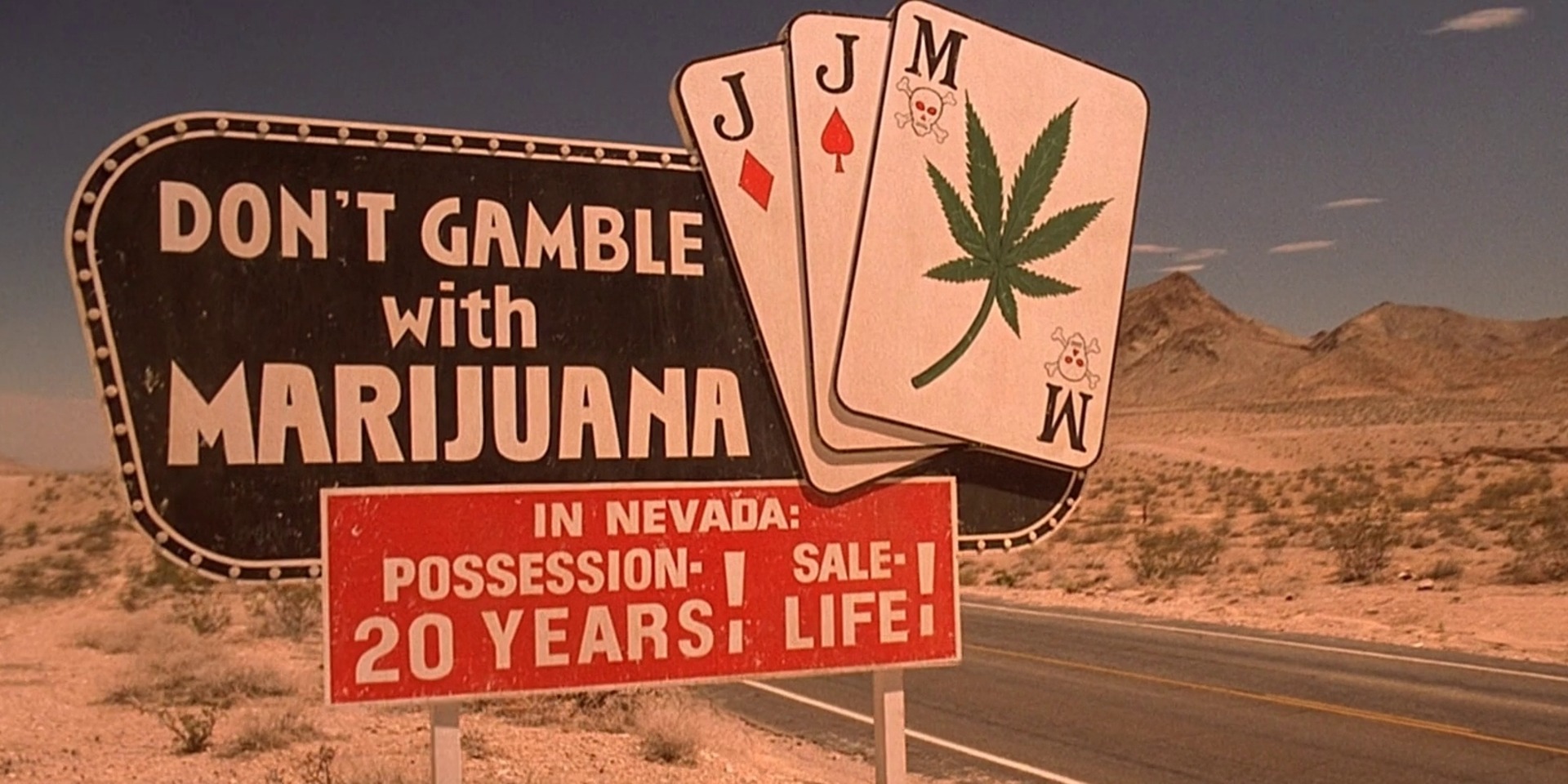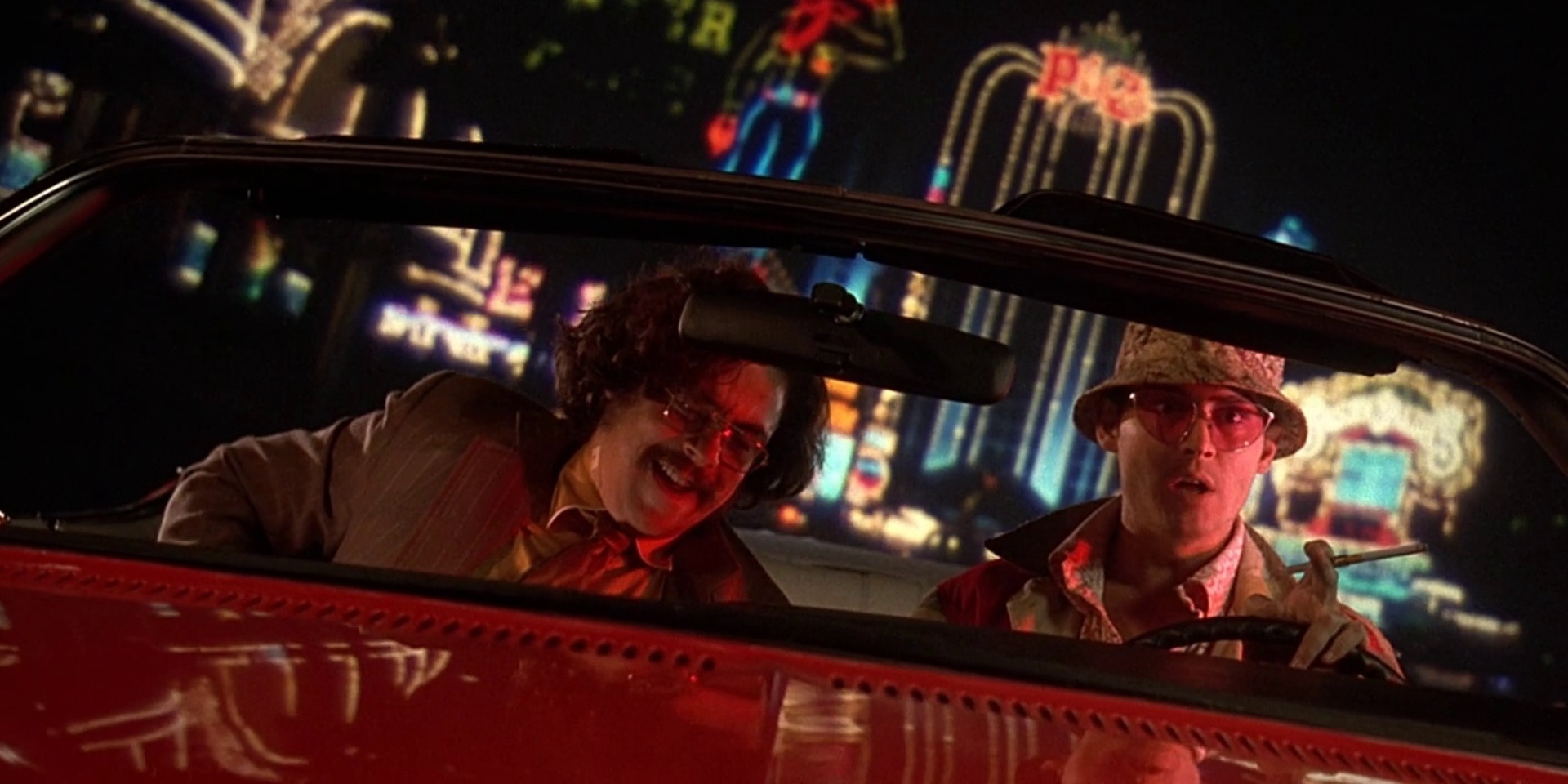Directed by the visionary filmmaker Terry Gilliam, ‘Fear and Loathing in Las Vegas‘ is a brilliant comedy-drama that takes a satirical approach to the well-known “American Dream.” The 1998 film chronicles Raoul Duke (Johnny Depp) and his drug-addled lawyer, Dr. Gonzo (Benicio del Toro), as they travel to Sin City, aka Las Vegas. The duo is driving to the city to report on the race for a magazine. The duo load their vehicle with various illicit drugs and head off for Las Vegas.
However, both Raoul and Dr. Gonzo lose track of time and their objective as they continue to use hallucinogens and engage in more unusual and often illegal pursuits. The duo also meets multiple oddballs during their trip, from the police to the hotel employees to random tourists enjoying Las Vegas. This story offers a sarcastic and comic look at the drug-fueled counterculture of the late 1960s and early 1970s. If the film’s satirical tone and the interpretation of the later 1970s make you wonder whether the narrative of ‘Fear and Loathing in Las Vegas’ is rooted in true events, let us lay down the facts.
Fear and Loathing in Las Vegas is Based on a Book
‘Fear and Loathing in Las Vegas’ is not based on a true story but rather a fictional adaptation of Hunter S. Thompson’s book, brought to the silver screen by Terry Gilliam. Hunter S. Thompson was a well-known reporter and journalist revered for coming up with a kind of reporting known as “gonzo journalism,” which straddled the line between truth and fiction. Both the book and the movie draw on Thompson’s career as a reporter and his drug-fueled adventures, but they are not biographical descriptions. The movie is set in the early 1970s, when hallucinogen usage, such as that of LSD and mescaline, was common at the time.

The film’s attention to addiction, psychedelics, and heightened states of consciousness is reflective of the drug culture that played a big role in the 70s. The drug-fueled frenzy of Duke and Dr. Gonzo’s adventure reflects this facet of the times. When asked about the inspiration for the movie during the press conference at the 1998 Cannes Film Festival, Gilliam stated that he was fascinated by Thompson’s book. Gilliam, from day one, wanted to turn it into a film and hated when people claimed that it was impossible. The director stated, “For me, it was a very simple and direct expression about the way I felt about things without any desire or need to apologize or soften because the book doesn’t do it.”
He added, “The main thing was for me to try and capture the book on film, which is the thing people said was impossible.” The film was initially supposed to be written and directed by Alex Cox, who had garnered critical acclaim for his movies like ‘Straight to Hell,’ ‘Sid and Nancy,’ and many more. Unfortunately, due to creative disputes involving the producers, Alex Cox was replaced by Terry Gilliam. When asked what happened to Cox’s written script, director Terry Gilliam commented that the script was no good, and they threw it away. He said, “We threw that first script out. F*** that script! Take it away. We wanted to approach it like Dante’s Inferno.”
Gilliam elaborated, “There is Virgil, a Pagan, taking Dante, a Christian, into hell, which made sense to us. Hunter was the Christian, and Gonzo, the pagan. We thought of it like that and then how to move forward. I also realized there were moral choices to be made in this story. You can’t just have two guys rampaging about Vegas with no shame. And then the trailer came along and presented: ‘two wild guys having a wacky drug weekend.’ I thought, ‘You f***ing f***ers!’ Tony Grisoni (co-writer) and I then went back to the book and, in eight days, tried to rewrite the script in the spirit of Gonzo: high speed. We then went our separate ways.”
The filmmaker further revealed that he and Grisoni made some more alterations and rewrites in the script a few days later. “At that stage, it felt more like an editing job on Hunter Thompson’s book, figuring out the structure, what to cut and not,” Gilliam stated. Every one of the filming crew had shared a wish to have Hunter Thompson take on a cameo role, given the significance of the movie. At first, it wasn’t certain whether Hunter would even consent to take part. Initially, he said no, but then he changed his mind and said yes to appearing in the film. Gilliam also revealed that the production was fraught with challenges, and he, too, had to deal with Thompson’s shenanigans.

He mentioned an incident when Thompson visited the filming location for a cameo of his semi-fictionalized character Raoul Duke. Gilliam said that following Thompson’s entrance, Thompson attempted to divert the spotlight from the movie’s production to himself. The filmmaker said that Thompson balked at continuing shooting and flung bread rolls all over the scene during his only appearance. So how did they deal with him? Gilliam claimed that he was a “recalcitrant sheep” and that they had to seek the help of the “best-looking female extra” to convince Thompson to complete the acting part. Gilliam stated, “On the first take, he didn’t even look up when he was supposed to because he was too busy talking to her,”

Taking the aforementioned points into consideration, we infer that ‘Fear and Loathing in Las Vegas’ is a work of fiction that draws on Hunter S. Thompson’s life and career to deliver a sarcastic and whimsical look back at the counterculture of the late 1960s and early 1970s. Both the movie and the book provide a fresh and, at times, surreal take on that turbulent time in history, where people were shunning conventional norms in favor of a drug-fueled, hedonistic way of life, just like Dr. Gonzo and Raoul Duke.
Read More: Movies Like Fear and Loathing in Las Vegas


You must be logged in to post a comment.